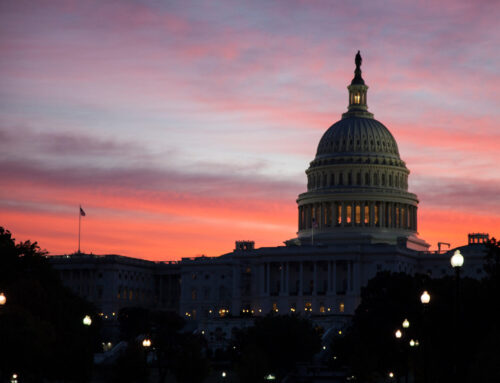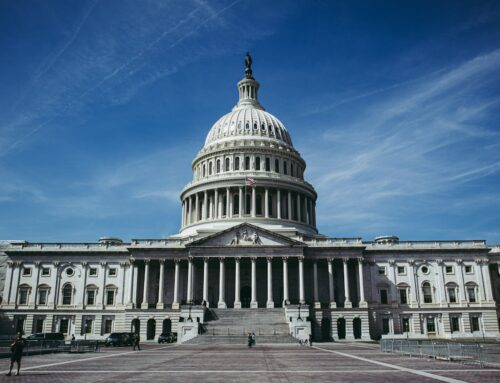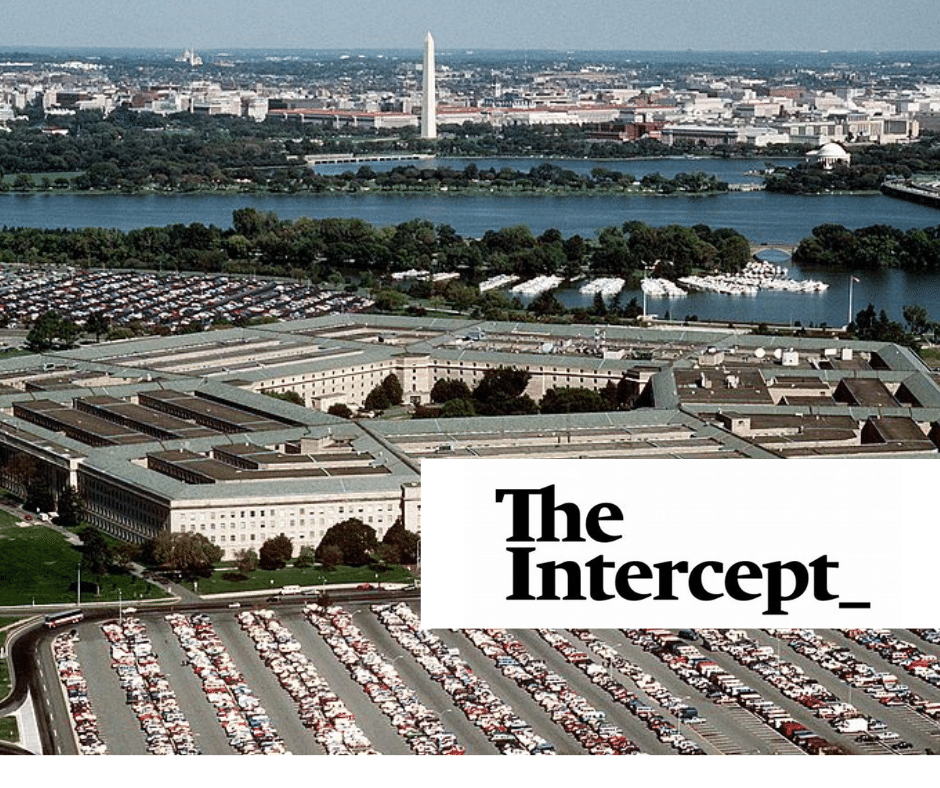As Uncle Sam keeps churning out the cash in an attempt to bolster the economy, one eye has to be on the budgetary needle in the red zone. Earlier this week, the mid-year budget outlook came out and it wasn’t pretty. While much reporting has concentrated on the numbers – and they are staggering – there has been less about the impacts and solutions.
This year’s $1.6 trillion deficit represents a predicted 11.2 percent of Gross Domestic Product – we haven’t seen a deficit that large since World War II. But even more frightening are the long term debt projections coming as the predicted slow recovery takes its toll on revenue. Considering only what is in current law, the Congressional Budget Office (CBO) now estimates we will add $7 trillion in accumulated deficits over the next ten years. Using some different assumptions, the Office of Management and Budget (OMB) comes up with $9 trillion. All of this is piled on top of our existing debt of $11.7 trillion as of today.
This year has been a budgetary perfect storm with the bailout, stimulus, and continued war spending. But as the recovery takes hold, out-year deficits have to become a major priority and a consideration in every policy proposal. CBO Director Elmendorf hit the nail on the head in his blog post , “Continued large deficits and the resulting increases in federal debt would, over time, reduce economic growth. Putting the nation on a sustainable fiscal course will require some combination of lower spending and higher revenues than the amounts now projected.”
We know where this started—over indulgence in the good years. Tax cuts, war funding, big farm and transportation spending, a new prescription drug entitlement–all came online during the last eight years and none of it was paid for with spending cuts or revenue increases. And many in power clung to a convenient mantra – deficits don’t matter; that continued economic growth will take care of all the ills.
Well, unsustainable deficits and massive debt do matter. CBO estimates that with normal economic growth we are looking at a tripling of interest payments and public debt approaching 70 percent of Gross Domestic Product (GDP) by 2019.
This does not mean that health care reform, climate change legislation, tax simplification, or social security modernization should simply be cast aside. But it does mean that we have to budget and pay for these by actually prioritizing how we spend trillions of dollars every year. In fact, Medicare and Social Security traditionally make up two-thirds of the federal budget every year. It will be almost impossible to move the books into balance without tackling health care and retirement security issues.
The solution has to be statesmanship and leadership by both parties and on both ends of Pennsylvania Avenue. Hard choices have to be made and the American public has to be engaged. For too long the budget has been opaque and inscrutable to the taxpayer. Gimmicks are used to hide the full cost of proposals. Budgets should come with the warning like you see in your car’s side view mirror: “numbers are larger than they appear.” Budget gamesmanship may temporarily obscure the size of the problem but it only delays the day of reckoning.
When they released the mid-year review, the President’s top budget official, OMB Director Orzag stated in his blog : “Getting the out-year deficit under control is a top priority of the Administration.” That has to be more than just rhetoric. The Administration inherited a budget in shambles, but the President knew that when he went after the job. The deficit cannot be ignored while pursuing other important priorities. It must be a priority. Now it’s time to tackle the problems, make the budget transparent and accountable to the public, and leave our fiscal house better than they found it.










